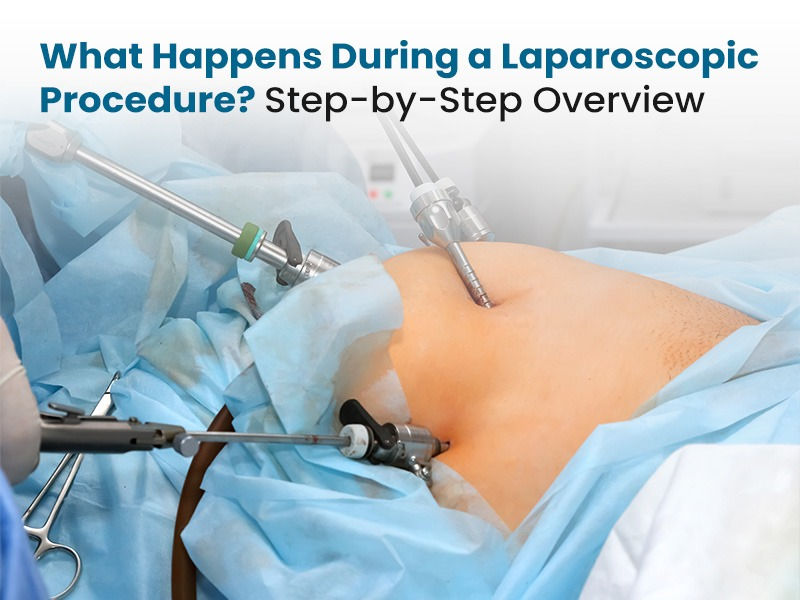How Does Joint Replacement Improve Mobility and Quality of Life?
- parkhospital19
- May 21
- 3 min read

Every joint pain you experience doesn't mean that it needs to be replaced. There are many other treatments like painkillers, physio sessions, intentional changes in your daily life, etc., but what if none provides you the relief you need in the long term?
This is where professionals at a knee replacement hospital or other specialisations come with joint replacement surgery. But is that the correct time to go for it? What preparations do you need from your end? What difference is it going to make in your life? How do you make a decision?
Find answers to these questions in the blog below and make an informed decision before going to something of such intensity.
Who May Need Joint Replacement?
Joint replacement is typically recommended when:
Pain is constant and affects sleep or rest
Mobility is reduced, even with physiotherapy and medication
Everyday tasks like walking, bending, or standing become difficult
Joint stiffness limits movement throughout the day
There's advanced damage from osteoarthritis, rheumatoid arthritis, or injury
The goal of the best knee replacement surgeon in Gurgaon at Park Hospital is to let you walk the way you used to once and have complete control over your movements without chronic pain forcing you to stop.
What Difference You May Get From It
1. Pain Relief That Lasts
One of the most apparent benefits of joint replacement is long-term pain relief. Damaged cartilage, bone spurs, and inflamed tissue are removed during surgery and replaced with smooth, artificial surfaces that allow the joint to move comfortably again. This can dramatically reduce or completely eliminate the daily pain that limits activity.
For those who've been relying on painkillers for years, this change can feel life-changing.
2. Improved Movement and Function
Whether it's walking, climbing stairs, or getting in and out of a chair, joint replacement often restores fluid and controlled movement. Replacing the damaged joint allows the surrounding muscles and ligaments to work correctly again, leading to better balance, improved posture, and less strain on nearby joints.
In many cases, individuals return to activities they had given up, from gentle sports to gardening or recreational walking.
3. Support for an Active Lifestyle
Staying active is vital for heart health, mental well-being, and weight control, but joint pain can make this impossible. After joint replacement, many people are able to return to regular low-impact activities like walking, swimming, or cycling.
This not only supports long-term joint health but also helps rebuild strength, confidence, and energy.
4. Lower Risk of Further Joint Problems
A damaged joint can throw off your body's natural alignment, putting extra stress on your back, hips, or opposite knee. Over time, this compensation can lead to more pain or injury.
Replacing the joint, be it at a knee replacement hospital or elsewhere, helps restore proper alignment and weight distribution, prevent further issues, and help protect overall mobility.
5. Better Sleep and Mental Well-being
Persistent joint pain doesn't just affect physical movement; it can impact mood, sleep, and emotional well-being. Disrupted sleep from night-time discomfort, reduced social activity, and the frustration of being less independent can all take a toll.
When joint pain is relieved, sleep improves, and with it, energy levels, mood, and motivation often follow.
The Recovery Process
Joint replacement surgery is typically followed by a period of rehabilitation at the orthopaedics hospital in Delhi. Most people begin moving the joint within 24 hours, with physiotherapy supporting strength, flexibility, and confidence.
Full recovery timelines vary — many start walking unaided within 6–8 weeks and continue to see improvements for several months. Ongoing exercises help strengthen the muscles around the joint, improving long-term function.
How Long Does It Last?
Modern joint replacements are built to last. Most hip and knee replacements function well for 15–20 years or longer, depending on lifestyle and activity levels. Regular follow-up appointments help monitor joint health and identify any issues early.
Conclusion
Joint replacement is more than a surgical procedure — it's a turning point for those who've spent years adapting to pain and limited movement. By reducing discomfort and restoring the ability to move freely, it offers a path back to daily life, independence, and physical well-being.
At Park Hospital, our orthopaedic and rehabilitation teams provide expert, personalised care before, during, and after joint replacement. From precise diagnosis to guided recovery, we support each step of the journey — helping you get back to the life you want to live without joint pain holding you back.







Comments